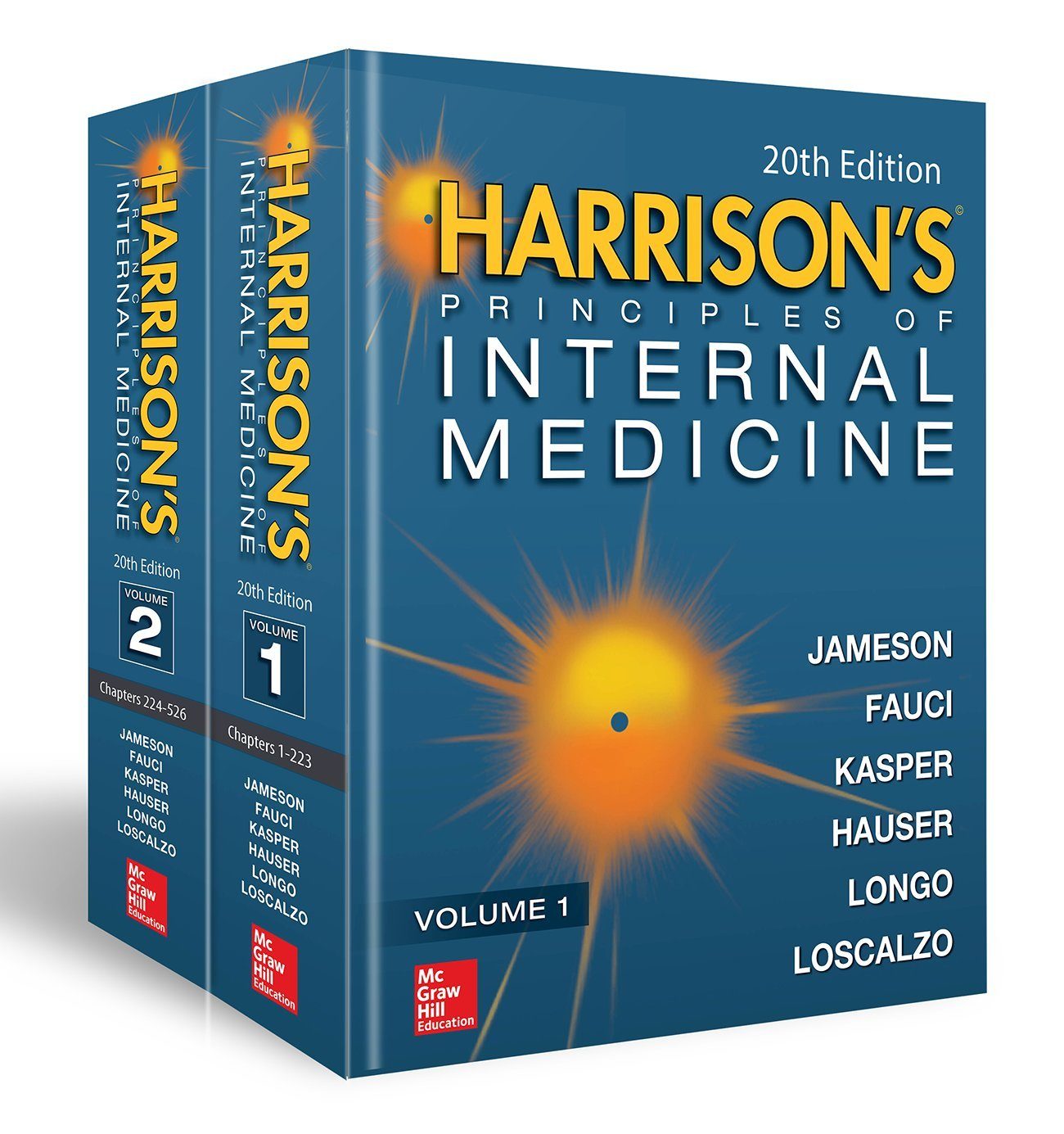
It's also a case study in hidden conflicts of interest. So says a group of researchers who found that Harrison's and several other leading medical texts failed to disclose financial interests the authors had in the subject matter as well as payments they'd accepted from industry groups.
According to the study, authors for Harrison's received more than $11 million between 2009 and 2013 from makers of drugs and medical devices - not a penny of which was disclosed to readers. One author, a physician, during that period received nearly $870,000 in funding, including for research, according to ProPublica's Dollars For Docs database of payments to doctors from drug companies.
Many Harrison's authors also hold patents in their fields - as many as 23, in one case - another potential conflict of interest that again the books do not disclose to readers.
"These findings indicate that full transparency of [author conflicts] should become a standard practice among the authors of biomedical educational materials," according to the authors, whose study appears in the journal AJOB Empirical Bioethics.
McGraw-Hill, which publishes Harrison's, did not respond to STAT's requests for comment.
Financial disclosures have become de rigueur in scientific journals, where many of Harrison's authors also publish and are subject to guidelines for such disclosures. Textbooks, however, have typically not required disclosures - and that means they've fallen even more behind standard practices.
The researchers, led by Brian Piper, a neuroscientist at the Geisinger Commonwealth School of Medicine in Scranton, Pa., acknowledge that simply looking at patent awards and fees from biomedical companies doesn't prove the existence of biased work. But they note that medical textbooks are enormously influential due to their perceived authority and the wide readership they receive.
'We were not surprised by these findings'
It's not the first time Piper has looked at conflicts of interest in textbooks. In 2015, he and colleagues published a paper finding the same problem in pharmacology textbooks.
"Sadly, after six years doing these types of studies, we were not surprised by these findings," Piper told STAT about his newest study. "However, we continue to be surprised that the publishers and authors of medical textbooks do not have the same transparency standards about conflicts of interest that have become widely accepted for clinical trials and other primary sources."
Some of the potential problems that these conflicts could present occur when textbooks recommend certain treatments, Piper said.
Studies have shown that doctors who take more money - or even free meals - from drug companies are more likely to prescribe brand-name medications than their colleagues who earn less from industry. And in general, it stands to reason that authors who are comfortable with industry funding would be more likely to think of drug treatments than of treatments that might not benefit pharmaceutical companies' bottom lines.
Piper and his colleagues recommend that textbook publishers adhere to the same disclosure standards that journals follow, making sure that readers know about relevant financial relationships. Seems reasonable to us.
Until they do, however, fledgling physicians should be on notice that all those pricey tomes they're buying leave plenty unsaid.



Comment: Medical students and doctors should be delighted to dedicate every single hour left of their non-existent free time to read a book ridden with conflict of interests.